It is not unlikely that it will rain in Scotland. So it’s a good thing that at least the capital city of Edinburgh, with the National Museum of Scotland, offers indoor sights.
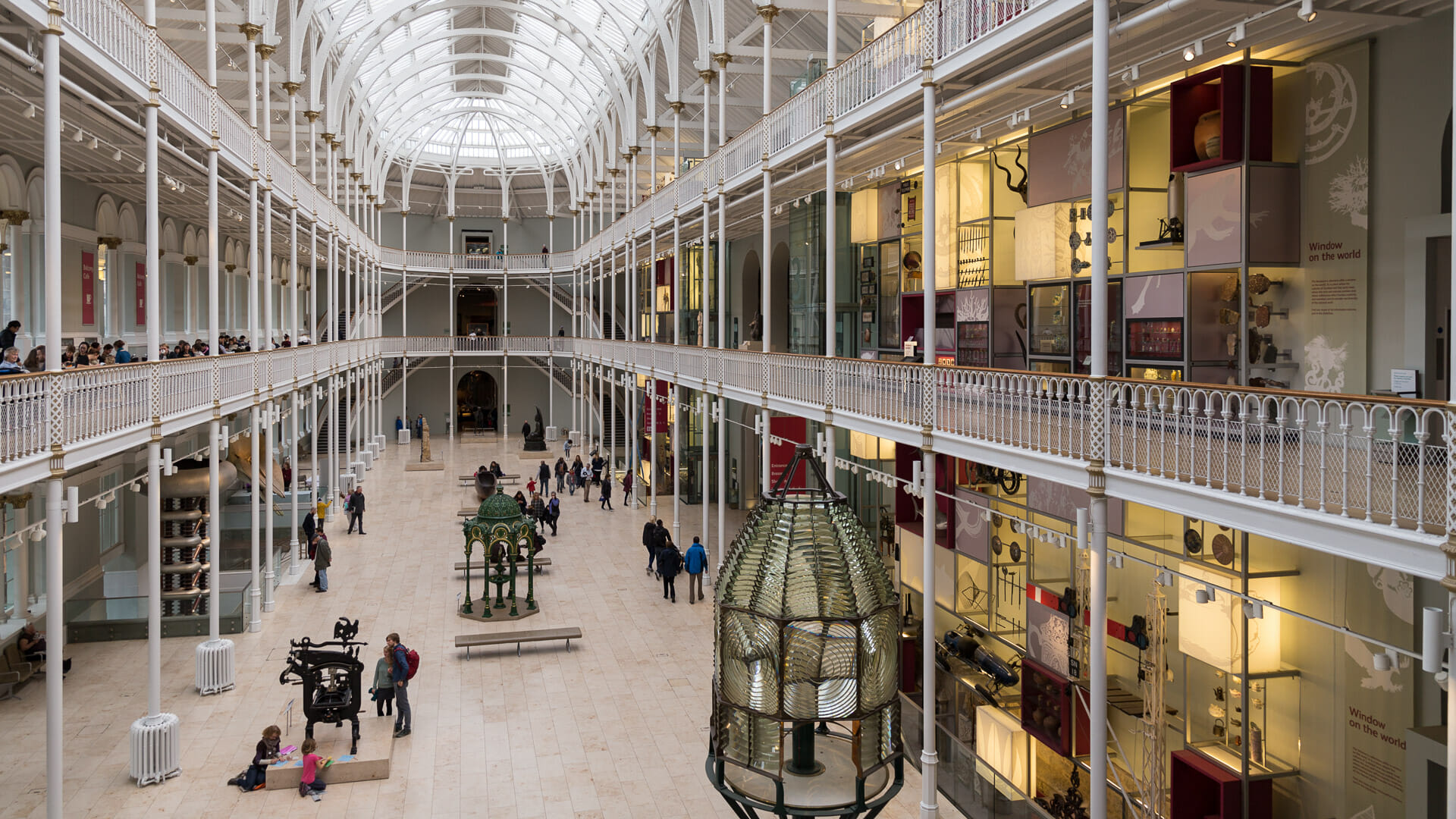
The Scots are really good at three things: history (bloody), engineering and design. The National Museum of Scotland covers these three topics in detail. And don’t worry: the museum is anything but dry as dust.
The construction of the building alone is enough to enchant visitors. Although the entrance still looks a little dull …
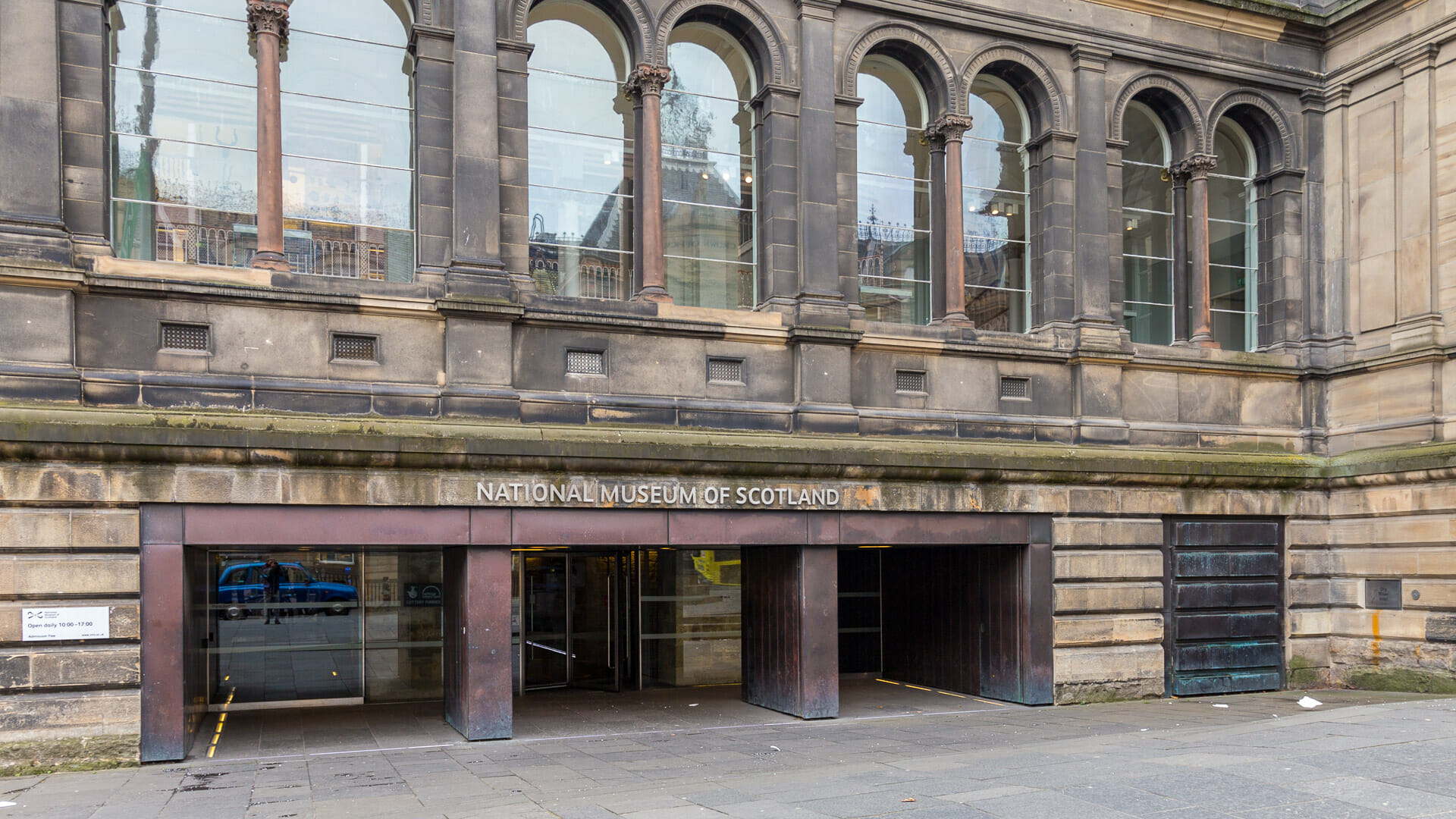
… but as soon as they enter the old Victorian hall, most people succumb to the charm of the museum.
The “Grand Gallery”, as the central hall is called, is considered the window to the world. A number of pieces from the various exhibitions are on display here. The skull of the sperm whale Moby, for example, represents the nature section.
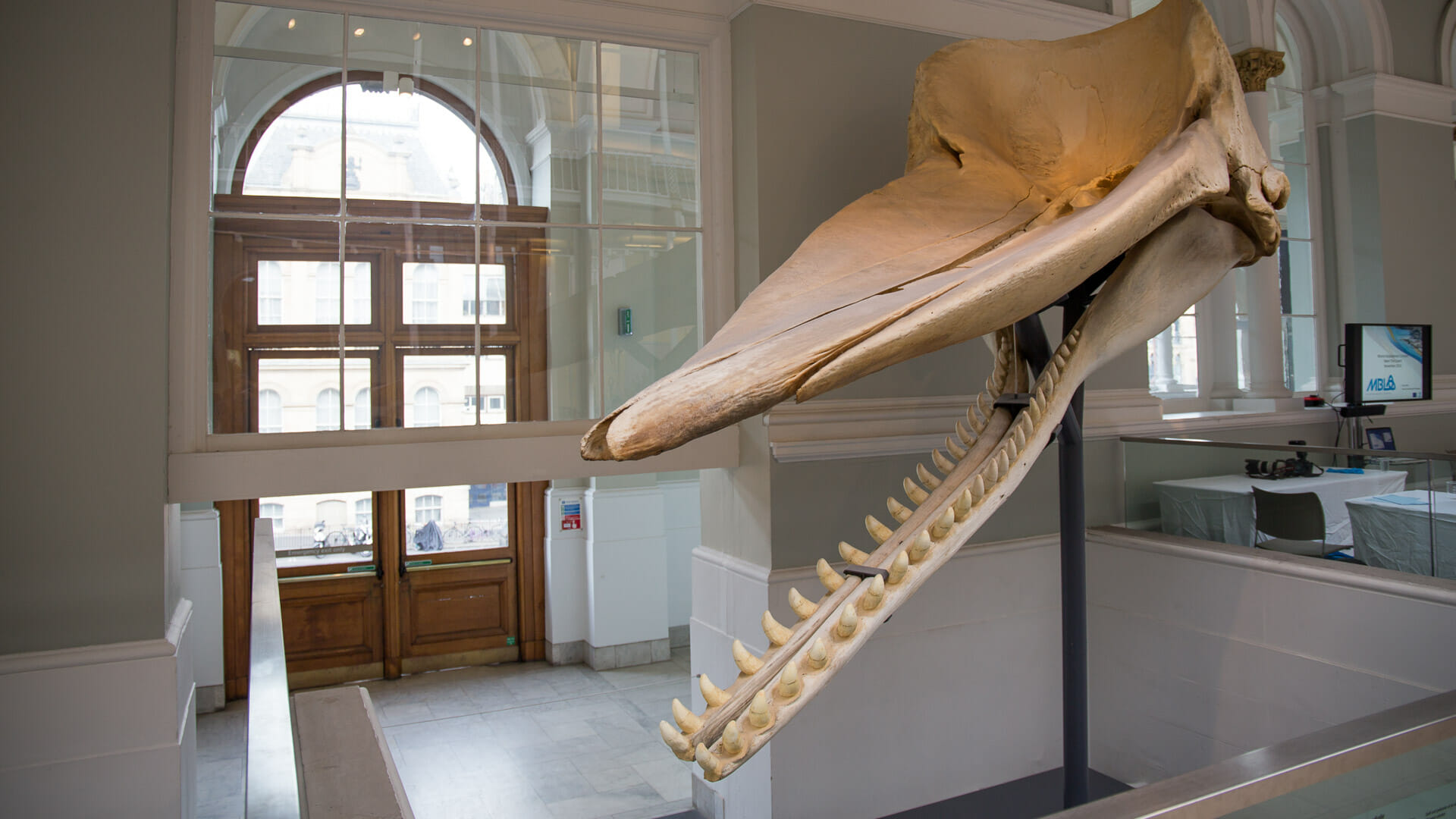
Moby tragically stranded on the coast of Scotland in 1997.
From here, there are several floors and a large extension. Here, for example, the history of Scotland is told in minute detail – from the formation of the island, the Stone and Iron Ages, the Vikings, the Middle Ages to modern times.
There are exhibits in normal display cases …
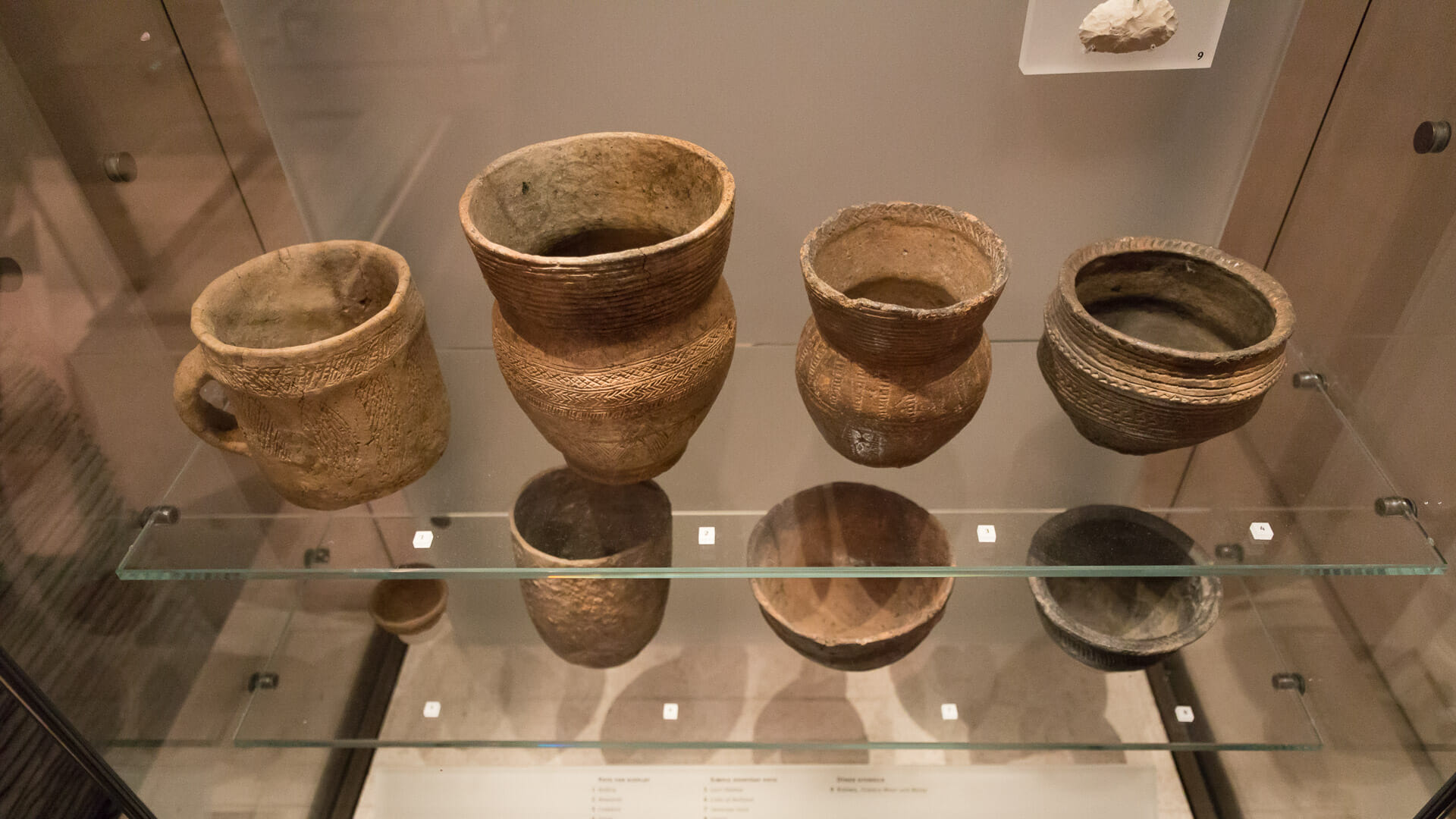
… but also pieces wrapped in works of art.
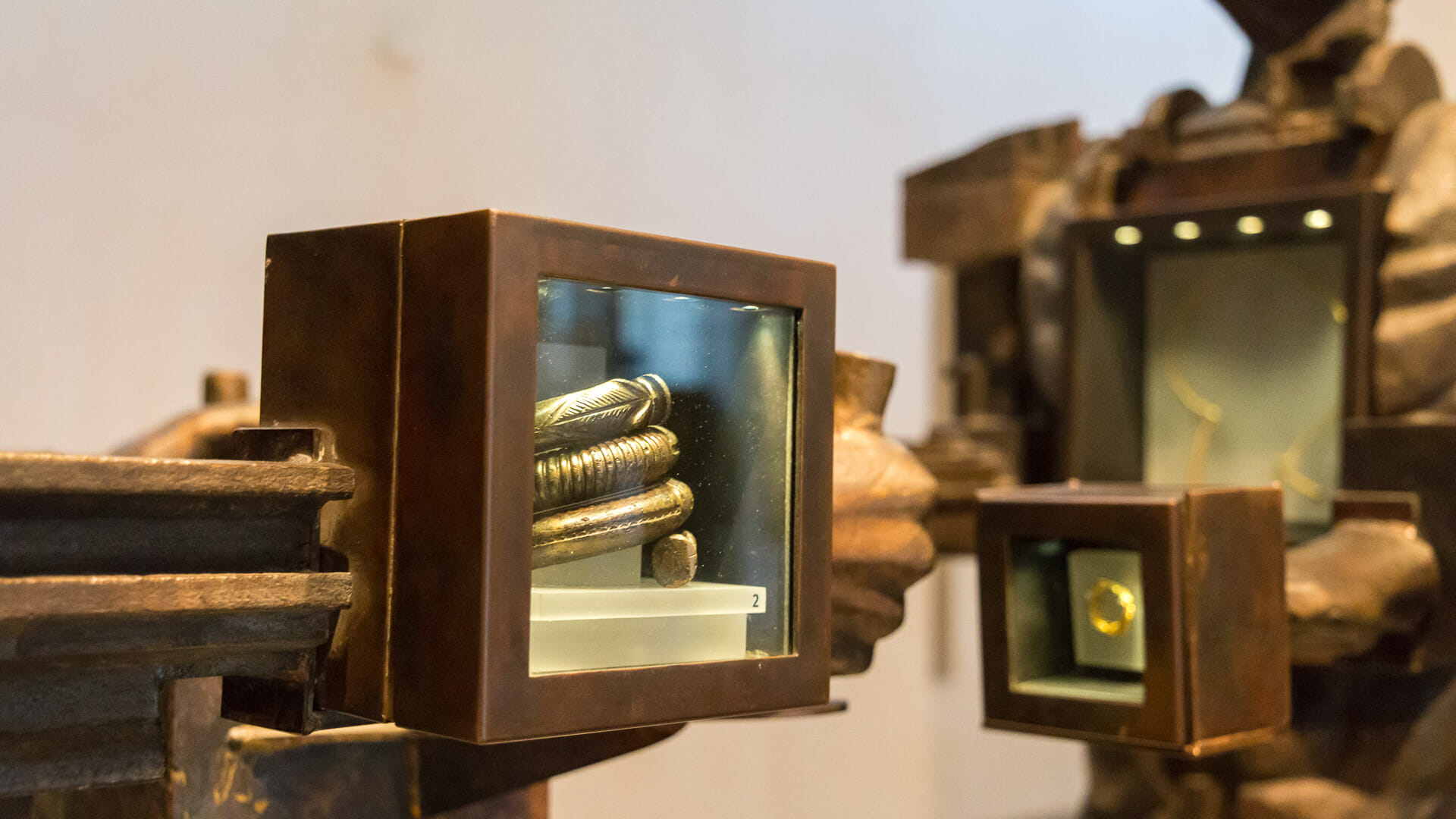
The new building complex skilfully plays with lighting and accentuates the exhibits.
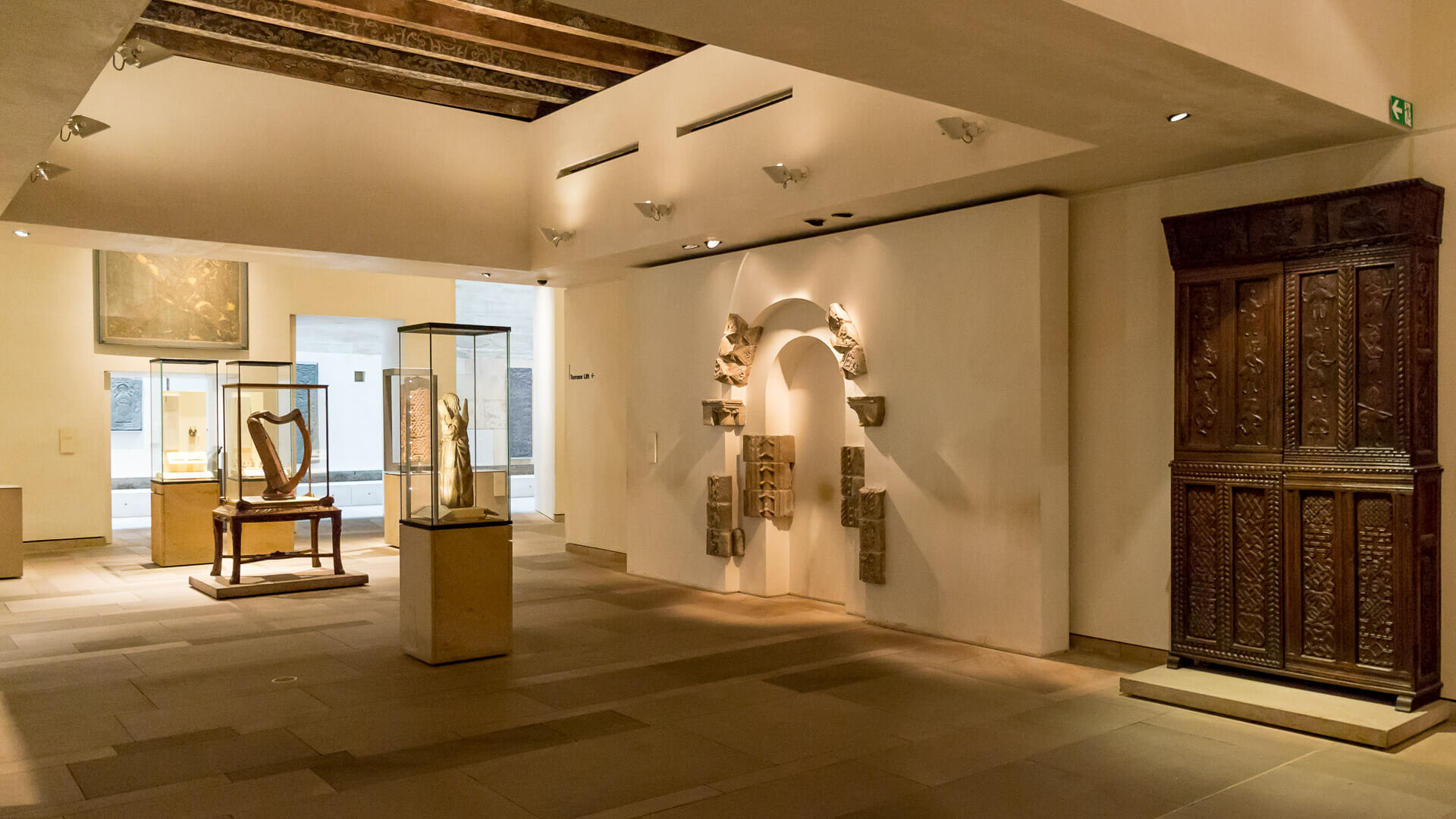
It takes visitors quite a while to find their way through Scotland’s long history. Multimedia and information boards help visitors to categorise what they have seen.
Those with a penchant for technology will find something of interest in the “Science and Technology galleries” area. Aeroplanes, cars, bicycles and steam engines, for example.
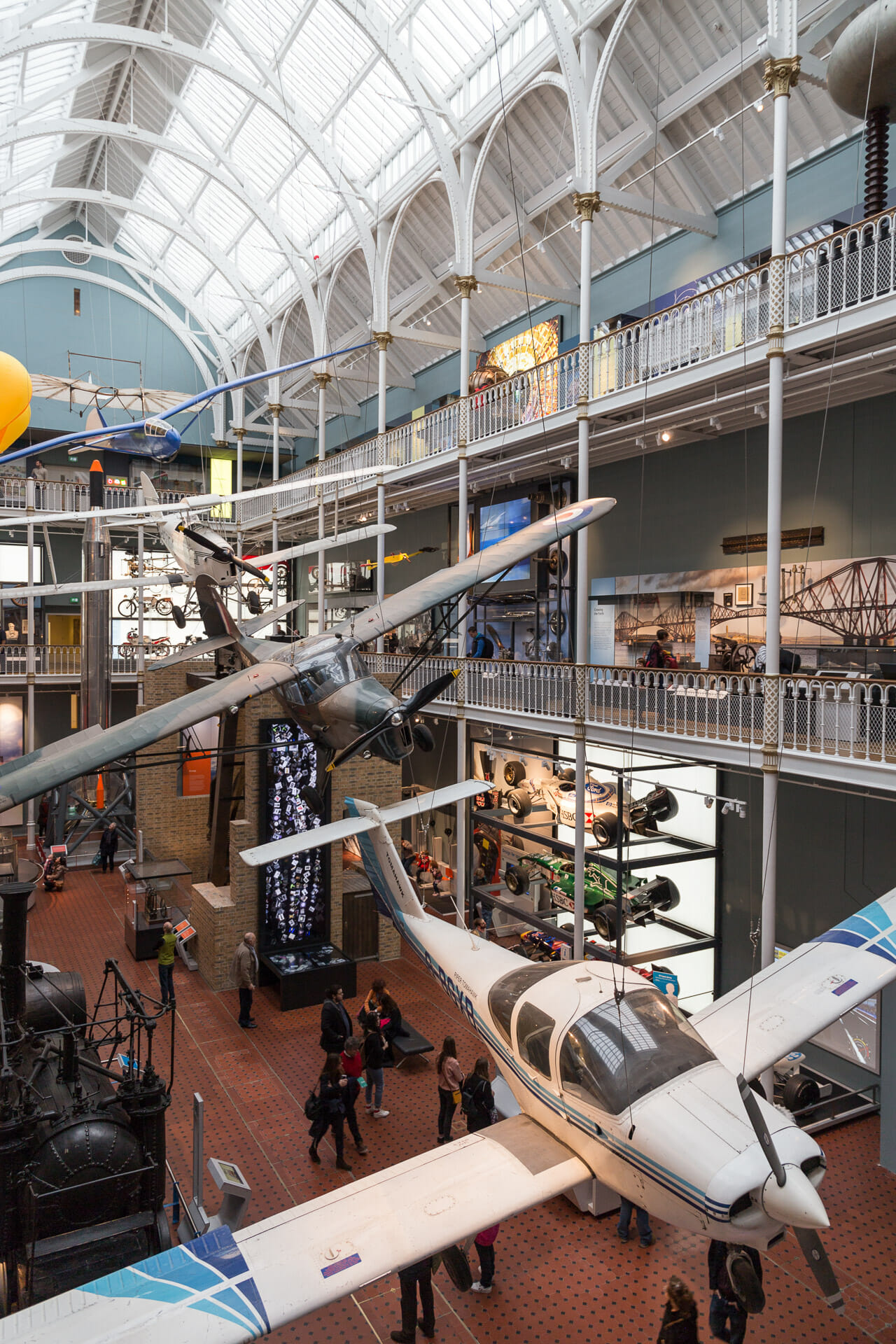
In the science section, there is probably the most famous sheep in the world: Dolly, the first ever cloned mammal.
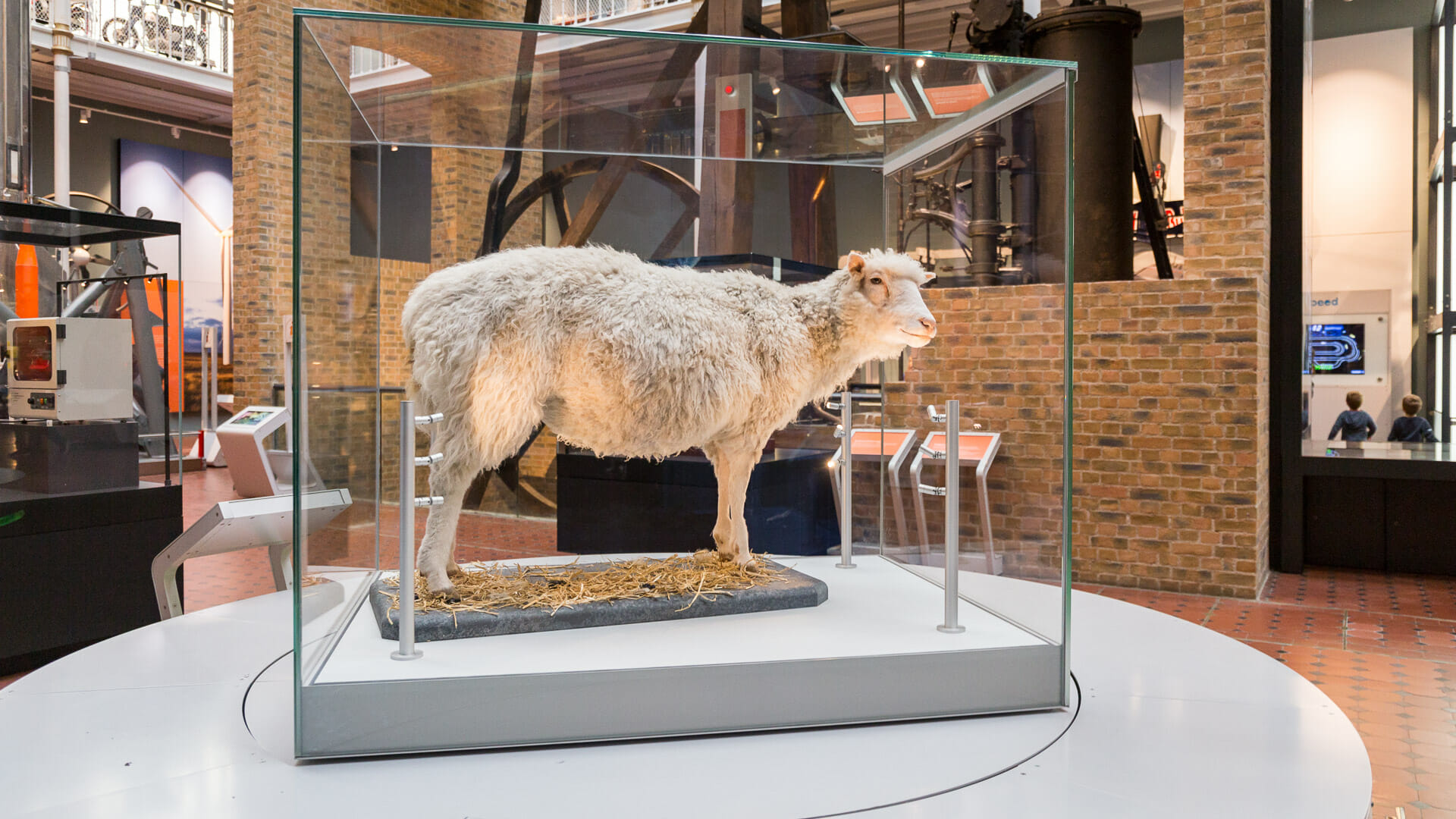
The “Art, Design and Fashion galleries” section is more aesthetically orientated.
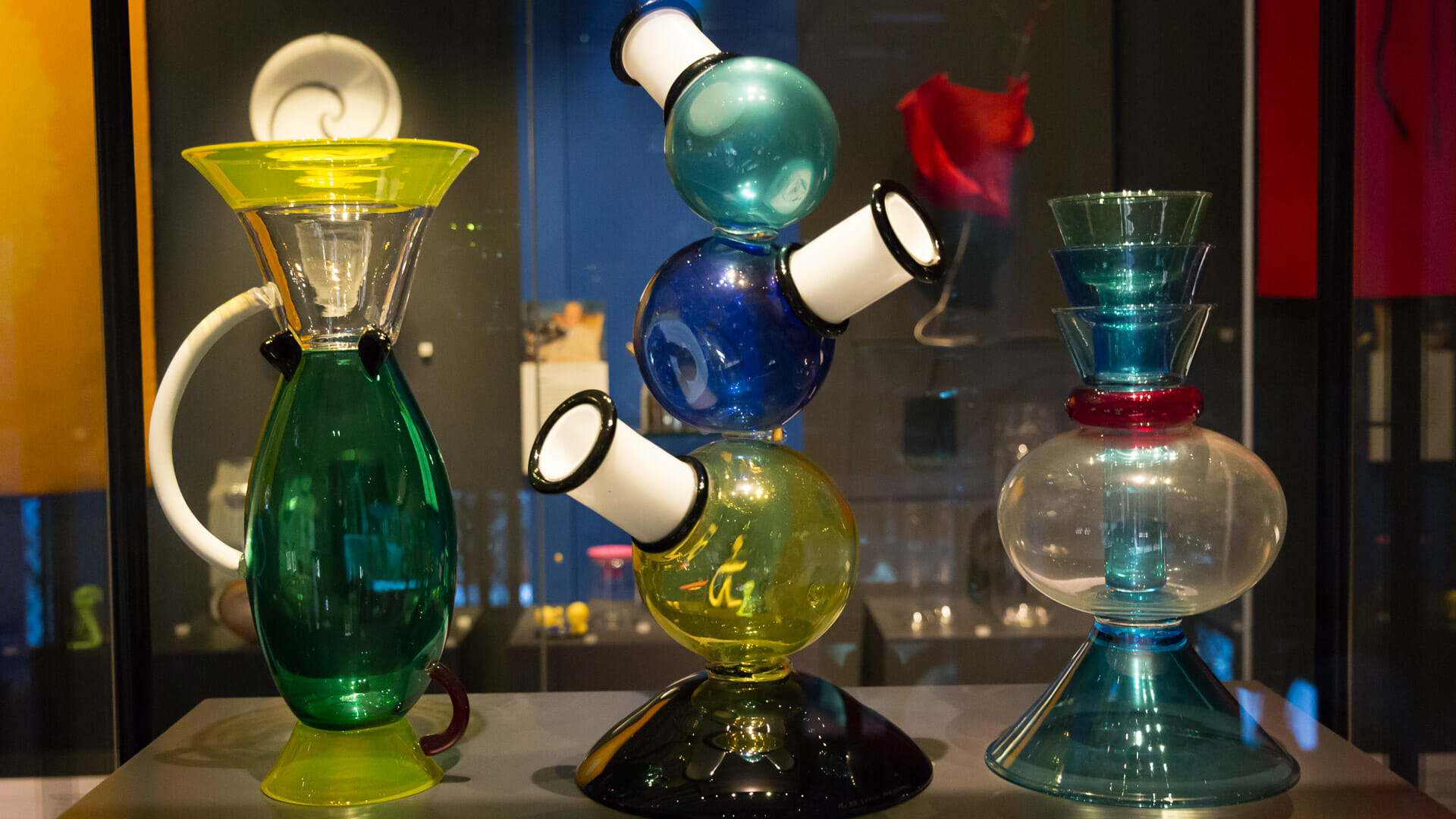
The Scots were actually really strong in the Arts & Crafts movement between 1870 and 1920.
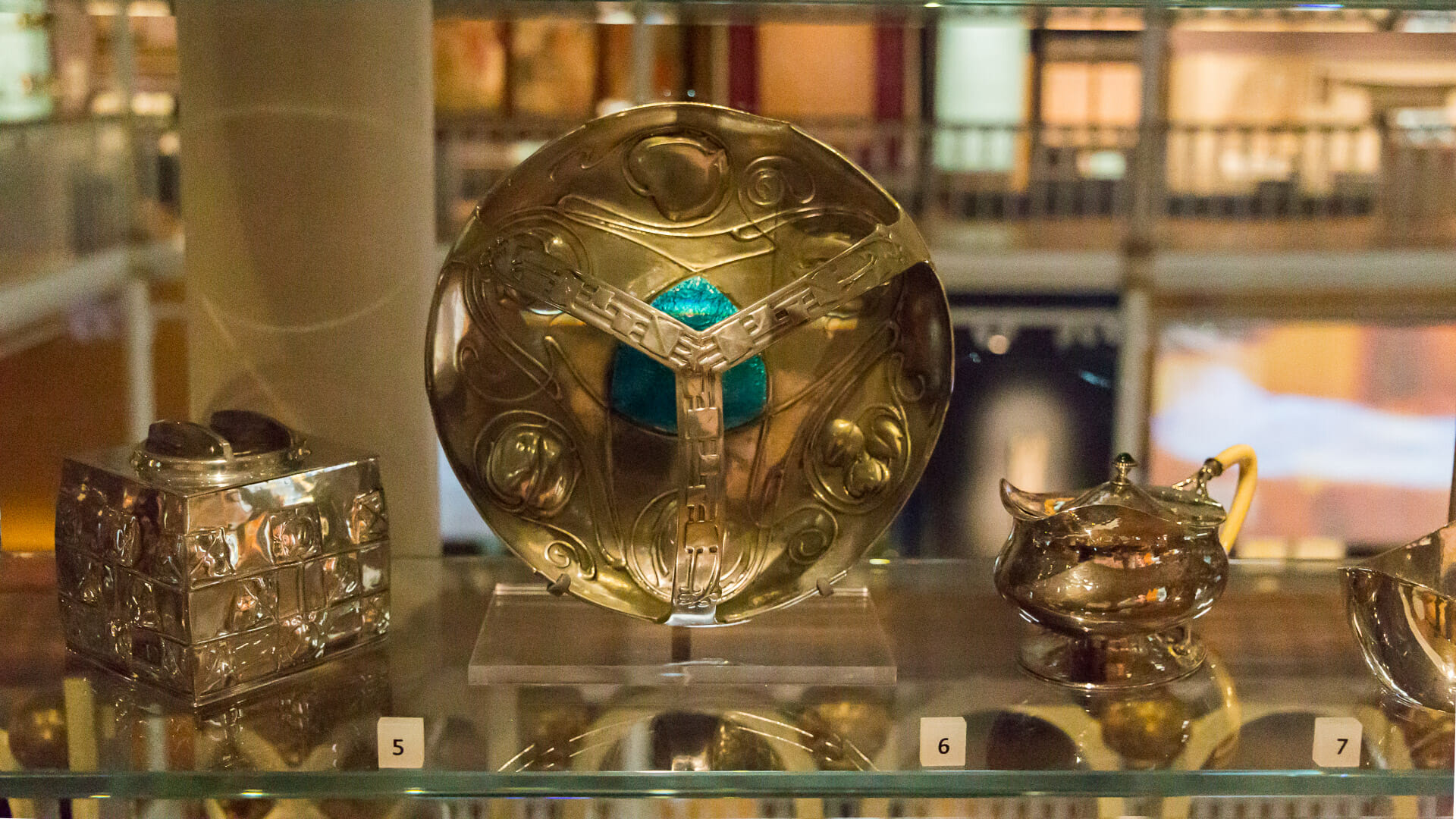
This style is typically British and the most famous representative was probably Charles Rennie Mackintosh from Glasgow. He inspired interior design of a very special kind.
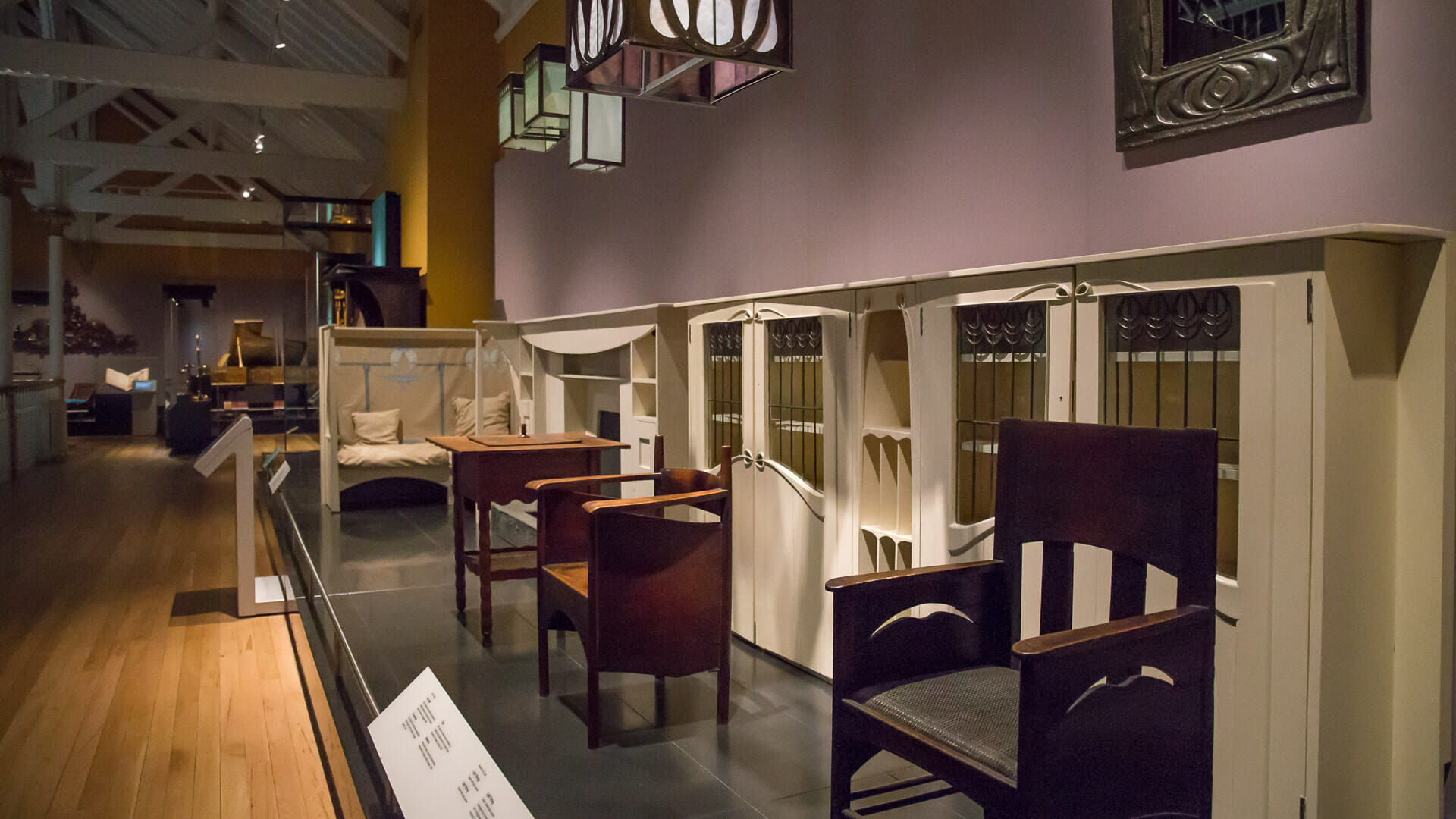
A little further down, visitors discover the world of fashion.
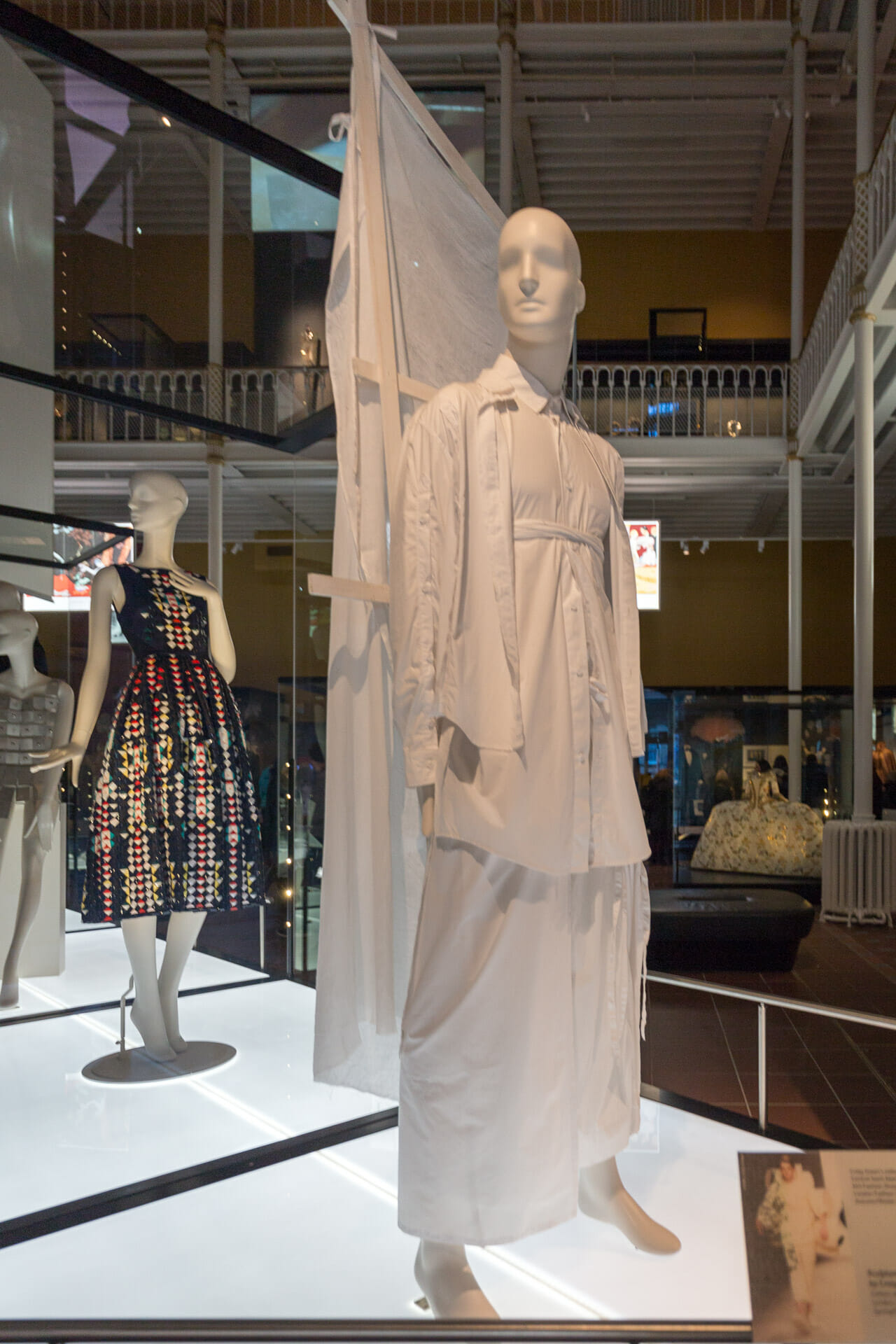
The tour finally ends back in the large hall.
One thing is certain: the Scottish National Museum in Edinburgh takes time. The number of exhibits with well-organised information captivates visitors for many hours. Half a day flies by here – and even then you have by no means seen everything.
Knowledge: Everything online and the history of the National Museum of Scotland
The National Museum of Scotland is one of the most modern museums today. So modern, in fact, that 20,000 items from the collection are available as images on Google Arts&Culture and visitors can even walk through the entire museum virtually.
The history of the museum dates back to 1780. Back then – during the Age of Enlightenment – some Scots founded the Society of Antiquaries of Scotland. They collected their first artefacts. in 1851, this became the National Museum of Antiquities.
At the same time, the Industrial Museum of Scotland was founded in 1854 and in 1866 it was relocated to the Victorian halls as the Edinburgh Museum of Science and Art. This is why Edinburgh celebrated its 150th anniversary in 1916. In the hall you can also see typical pieces from this earlier period, such as the green cast iron fountain by Walter MacFarlane & Co.
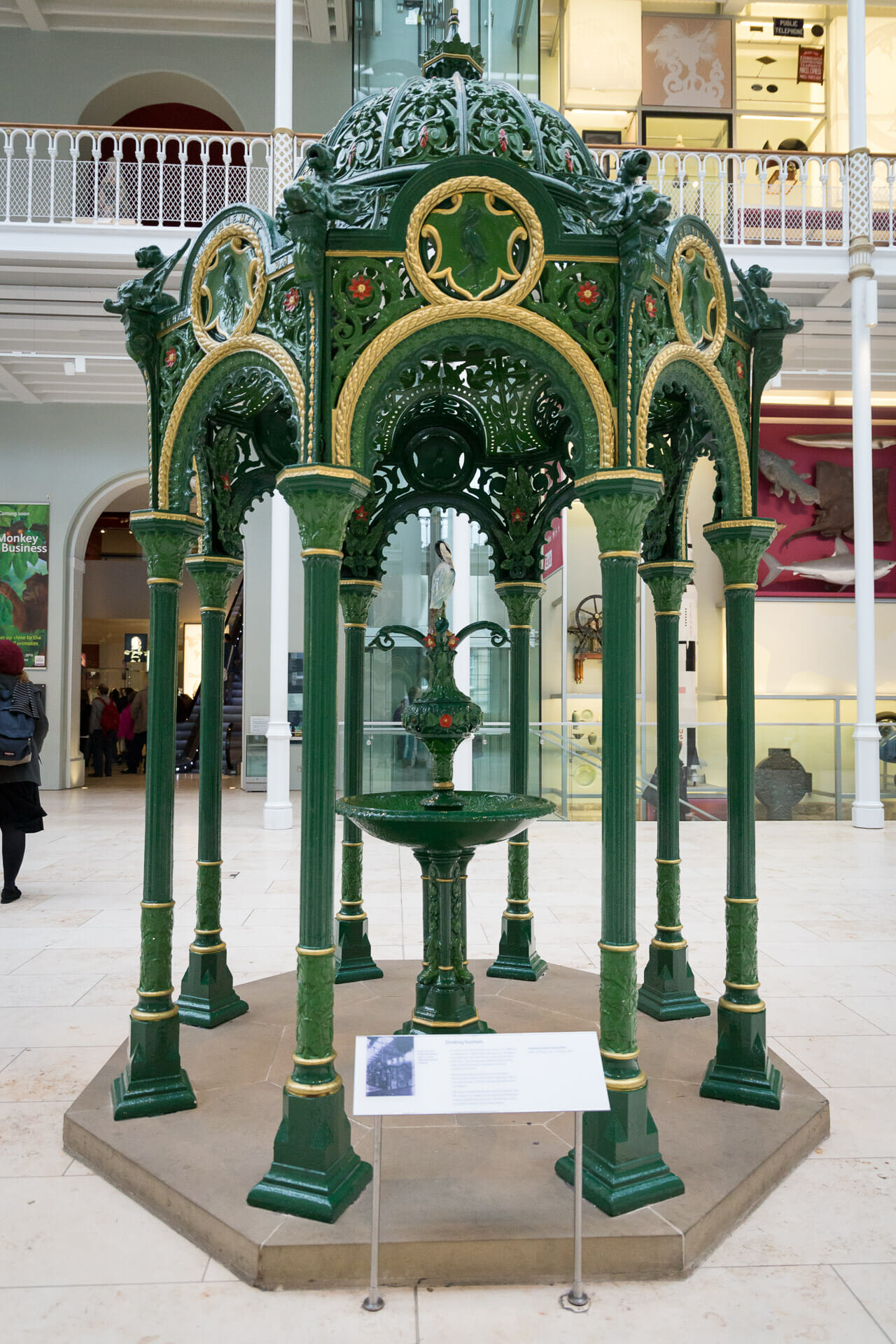
After a few more name changes, the new Scottish History Museum was finally added in 1998. Since 2011, both parts have been united in one complex. And from 2018, an exhibition on Egypt and Asia is planned.
Tip: listen to the Millennium Clock play
As visitors move south from the large hall towards the escalators, they will see a strange clock tower on the left. The “Millenium Clock Tower” was created in 1999 and is around ten metres high.
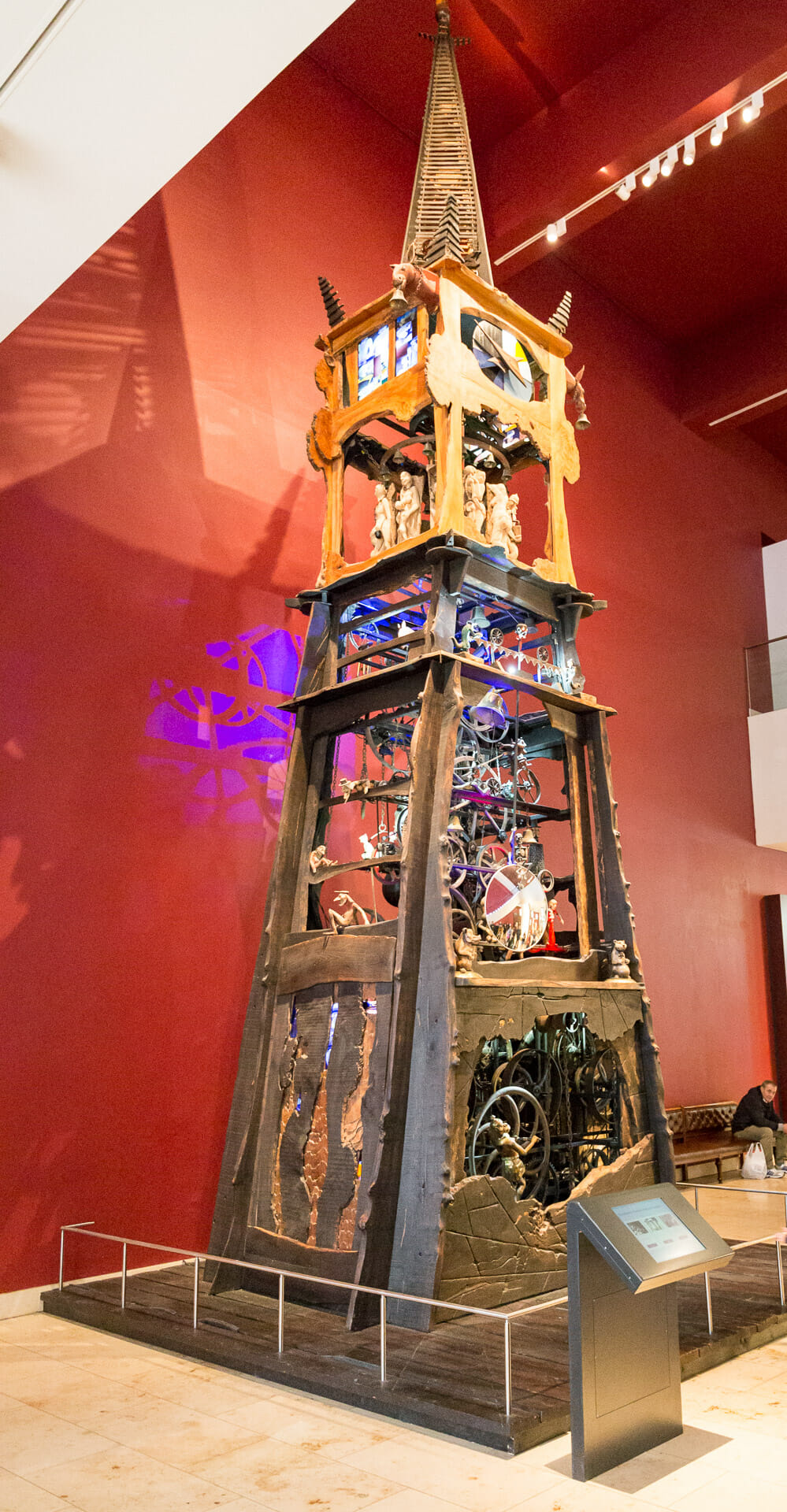
Each segment tells its own story to be discovered. At the top, for example, there are twelve figures representing the months of the year.
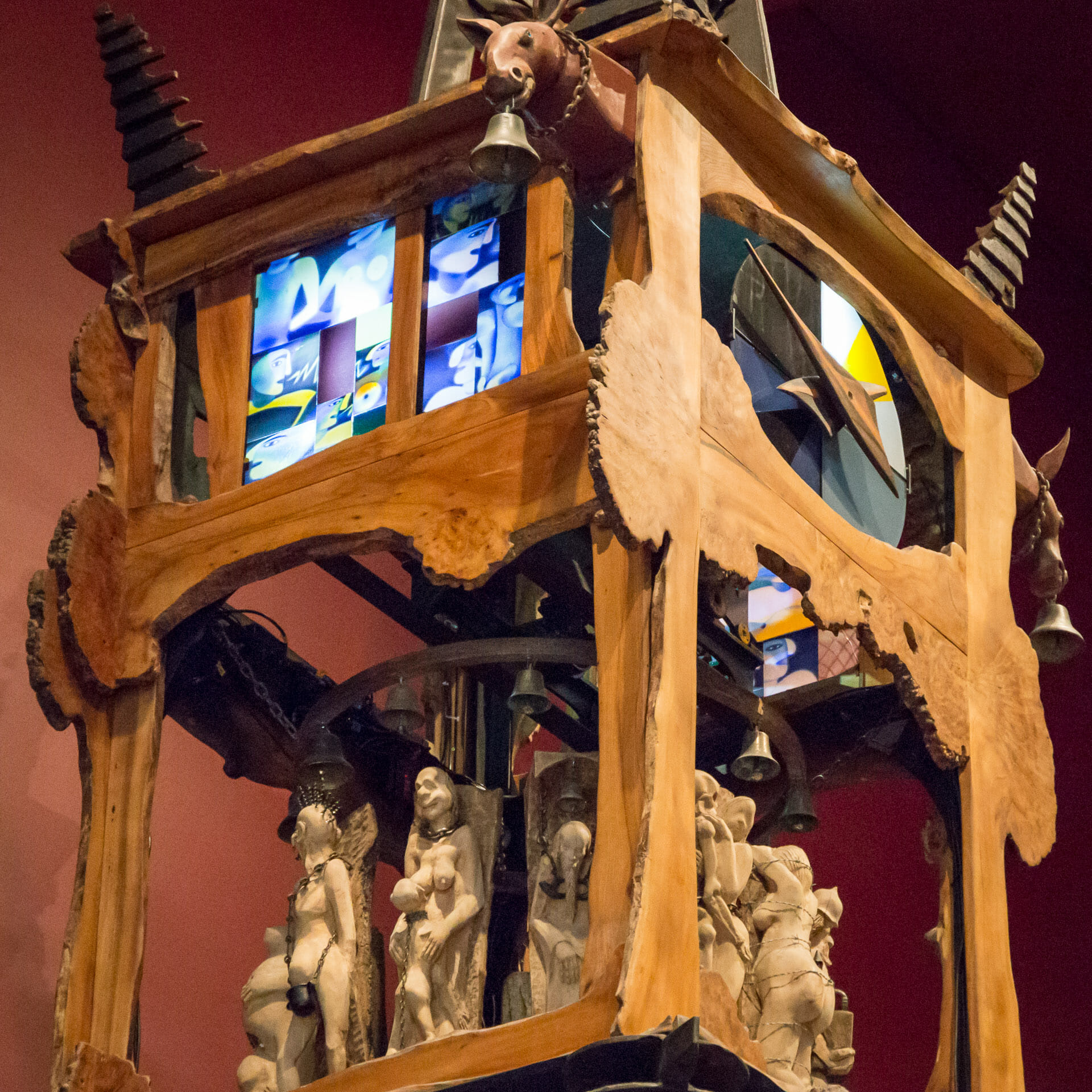
The clock is intended to show the transience of time and does so partly with depressive motifs from industrialisation. However, it is definitely worth a look and when it starts to play, it gathers crowds of people around it.
Once you’ve had your fill, but feel hungry for something else, it’s worth paying a visit to the café in the main hall on the first floor.
Personal note: Children’s circle in the museum
Children singing in the middle of Scotland’s prehistory? At first I wondered where the nursery rhymes came from. A loudspeaker? But then – once I turned the corner – I was suddenly standing in front of a large crawling blanket on which carers and parents were sitting with lots of children. I was standing in front of the “Magic Carpet Minis”. The children learn about the museum through songs and stories. I think such an offer is great!
How to get there:
The best way to get there is by public transport. Several buses stop near Chambers Street. Otherwise, you can also walk from the Royal Mile to the museum in about 10 minutes.